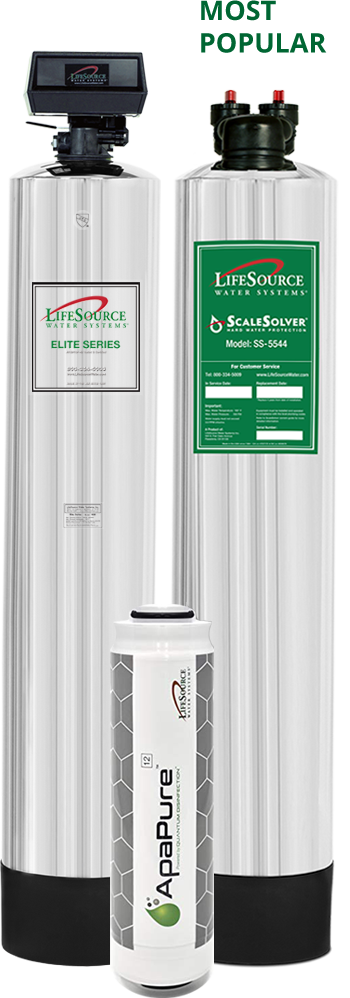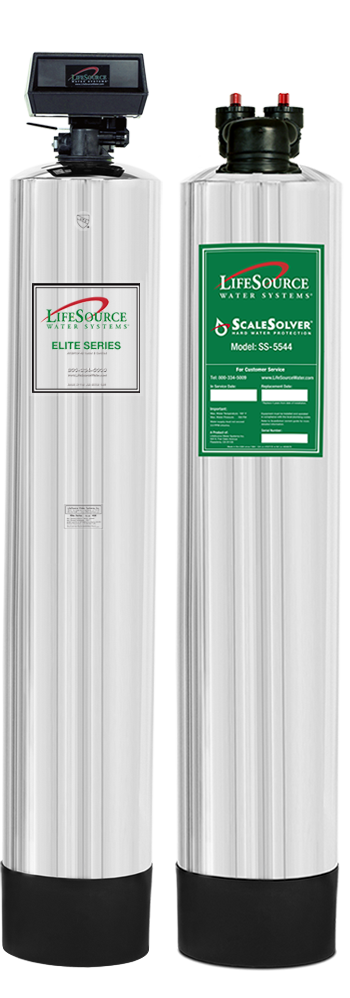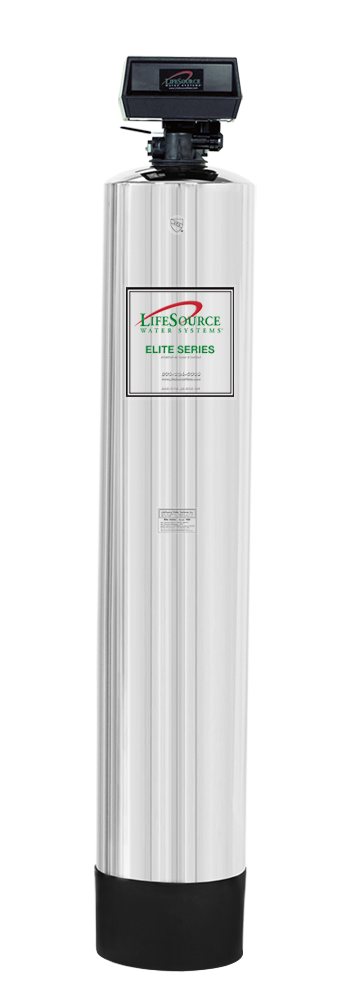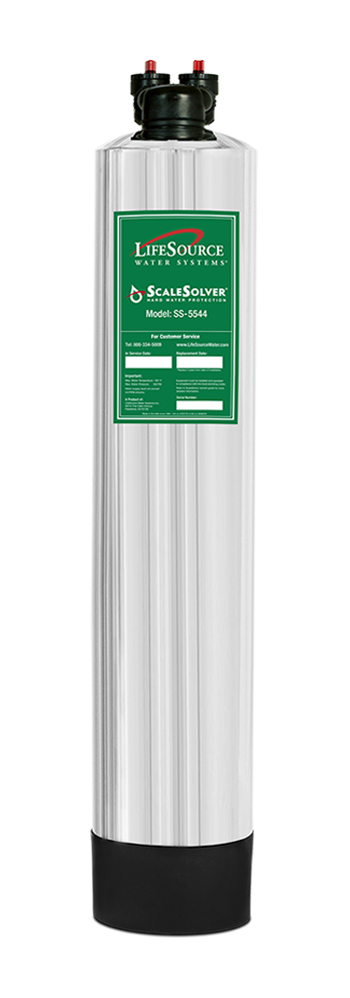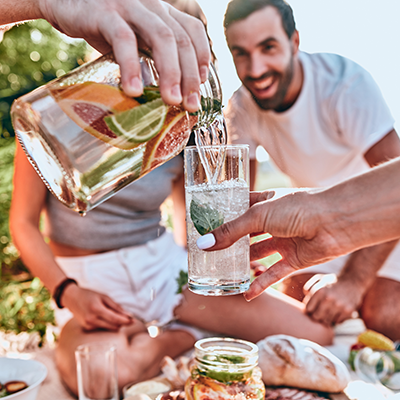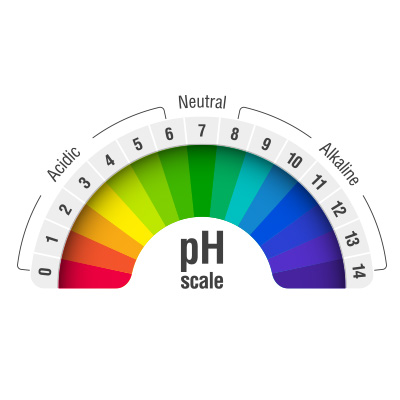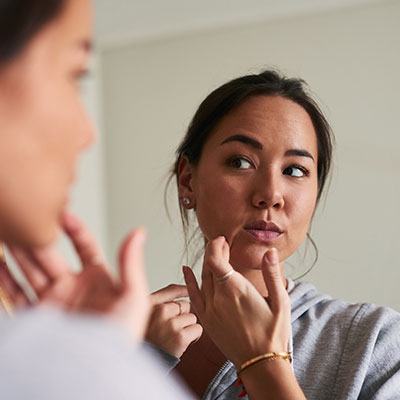
Is Your Pet Getting Enough Water?
Keeping Your Furry Friends Hydrated
There are many reasons why your dog or cat may not be drinking water. Sometimes a change in scenery or an unfamiliar location can be enough to throw pets off their regular drinking habits. Or, it may just be their personality. Not drinking enough water can also be an indicator that your pet is sick, so be sure to check for any other signs of illness.
Sadly, our animals can't talk, so it's up to us to ensure they are hydrating. Keeping your pet hydrated is especially important during (and after) physical activity. A good rule of thumb is if you feel thirsty, your pet probably does too. You can help each other stay hydrated by reminding each other to drink more water. If you notice your dog is panting or looking for water, then it's time for both of you to find a water fountain. Always remember to bring water on long walks or excursions. I'm a big fan of collapsible water bowels that can hook onto my dog’s leash.
Hydration can be especially important when it comes to cats. Cats have a reputation for not liking to drink water. Cats are sometimes wary of drinking water that smells or tastes stale. Hunching over a water bowl may be uncomfortable or irritate a cat's sensitive whiskers. Another theory is that if a cat's bowl is in a corner, it may go against their instinct to turn their back to the world, leaving them vulnerable to an attack.
Reptiles are no exception, either. Just like their mammal buddies, reptiles and amphibians need water to survive. Lizards, snakes and other reptiles can stay hydrated by absorbing water through their skin.
As with humans, the amount of water your pet needs each day varies based on the weather, amount of physical activity, and age. In general, a dog’s daily needs are around one ounce of water for every pound of body weight, and cats need around 4.5 ounces of water for every 5 pounds of body weight. The best way to ensure a pet is getting enough water is by monitoring their water bowl and behavior. If your pet is severely dehydrated, you should always take them to a vet for professional care.
Skin elasticity - The loss of skin elasticity is a sign of dehydration in pets and humans. To check skin elasticity, gently pinch the skin between their front shoulder blades. If your pet is well-hydrated, their skin will immediately fall back into place. If the skin takes a long time to fall back, this is a sign of dehydration.
Check their gums - Keep an eye on your pet’s gums. Dry or white gums is a sign your pet may be dehydrated. To check, gently press your finger against your pet’s gums. Your finger will leave a white mark. This white mark should return to red in seconds. If it takes longer, this may be a sign of dehydration.
Loss of energy - If your pet seems unusually weak or lethargic it may be a sign of dehydration.
Dry mouth or constant panting - Panting is a way animals cool off in the heat. But if they are constantly panting or keep panting for an extended amount of time, this may be a sign they need some extra hydration.
All animals have unique personalities. Some pets (just like some humans) don’t particularly like drinking water. Here are some ideas and tactics to help get your pet to drink more water.
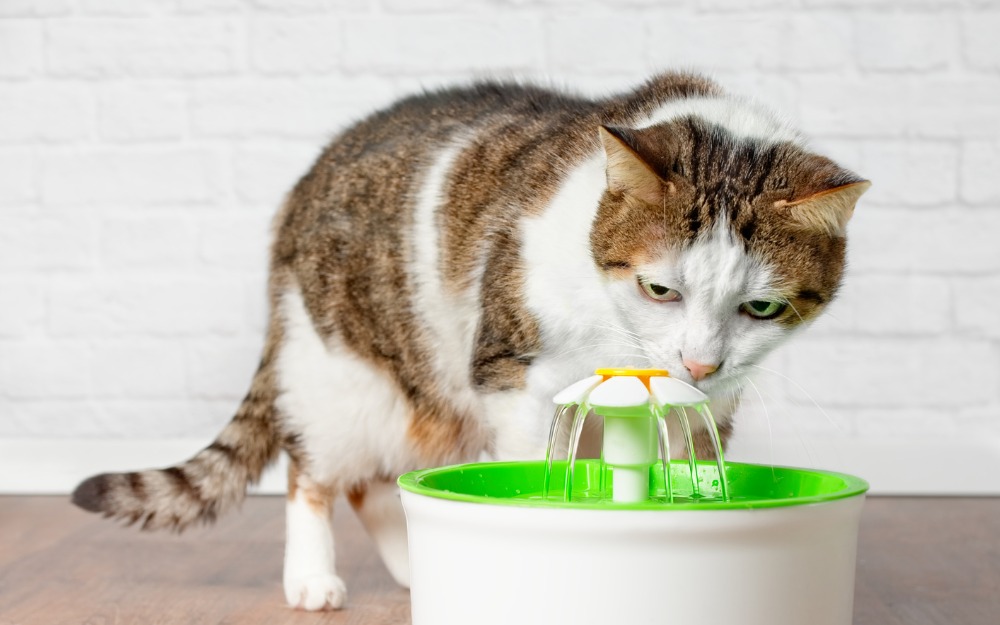
Moving water or mini water fountains
Moving water can make water more appealing for both cats and dogs. Cats are especially cautious of still water, which is why they may be more interested in drinking from a running faucet than from their water bowl. You can find special water bowls and fountains designed to keep water circulating.
More water bowls
A simple way to encourage your pet to drink water is by having more water bowls placed around the house and yard. The more convenient it is, the more likely your pet will drink water.
Try a new bowl
It may take a few tries to find the perfect water bowl. Cats can be especially picky. High or narrow bowls can irritate a cat’s whiskers. Switching to a wide and shallow water bowl may be just the trick.
Filtered Water
If you don’t want to drink your tap water, your pet probably doesn’t either. Tap water that tastes and smells like chlorine can be just as unappealing to your pet as it is to you. Consider installing a home water system, so you and your pet can enjoy filtered high-quality water.
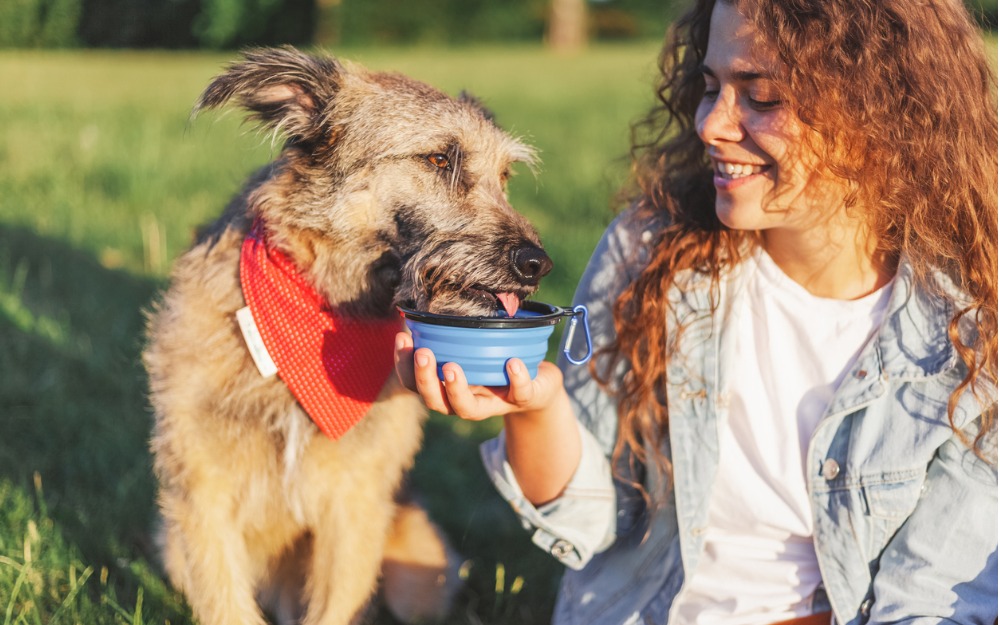
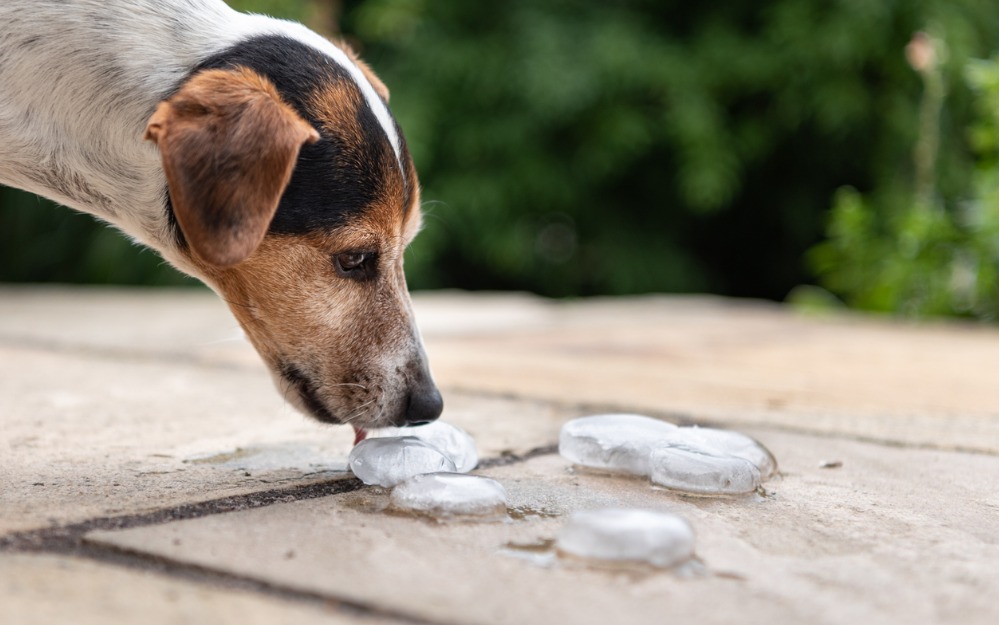
Ice cubes
Some cats and dogs like licking ice! Try adding ice to their water bowl to entice them to drink more water.
Add flavor
Try adding a couple of teaspoons of unsalted chicken or beef stock to your pet’s water. Just make sure you wash the water bowl afterward.
Clean the water bowl
I know it goes without saying, but keep your pet’s water bowl clean! As a dog mom, I will admit that it's easy to get lazy.
If you have a bunny, bird or other kind of animal friend, make sure to research the best ways to keep them hydrated. Bunnies, for example, have very sensitive digestive systems and can get ill if they are not properly hydrating.
It may take some trial and error, but eventually you’ll discover the best hydrating methods your pet enjoys.

